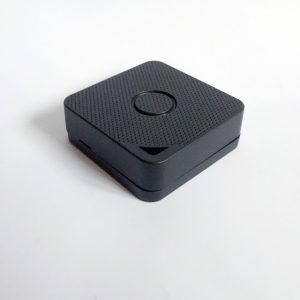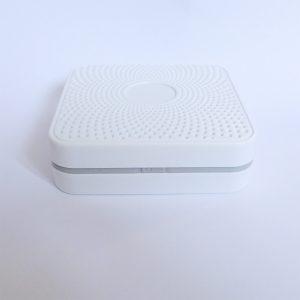In our previous article iBeacon Microlocation Accuracy, we wrote about ways of using beacon RSSI to determine location. However, what if you were to use and combine beacon RSSI with other ways of locating to create a hybrid method? This is the topic of a new research Unsupervised Indoor Localization Based on Smartphone Sensors, iBeacon and Wi-Fi by Jing Chen Yi Zhang and Wei Xue of Jiangnan University, School of Internet of Thing Engineering, China.
The paper describes UILoc a system combining dead reckoning, iBeacons and Wi-Fi to achieve an average localisation error is about 1.1 m.
![]()
The paper also compares the trajectories obtained using different localisation schemes:
![]()

